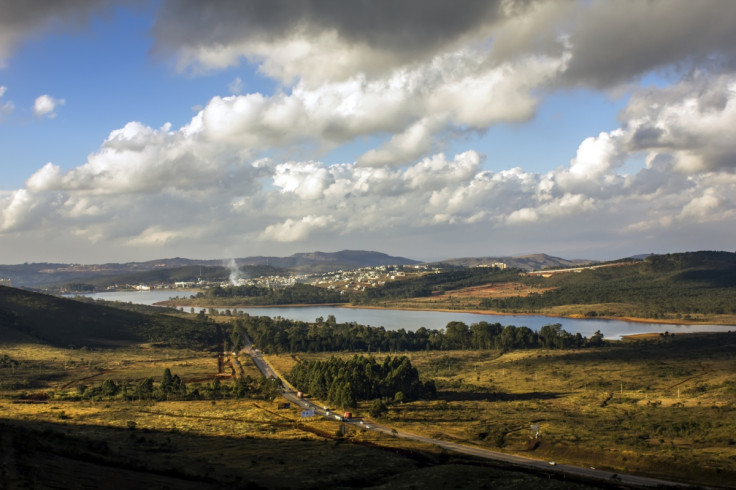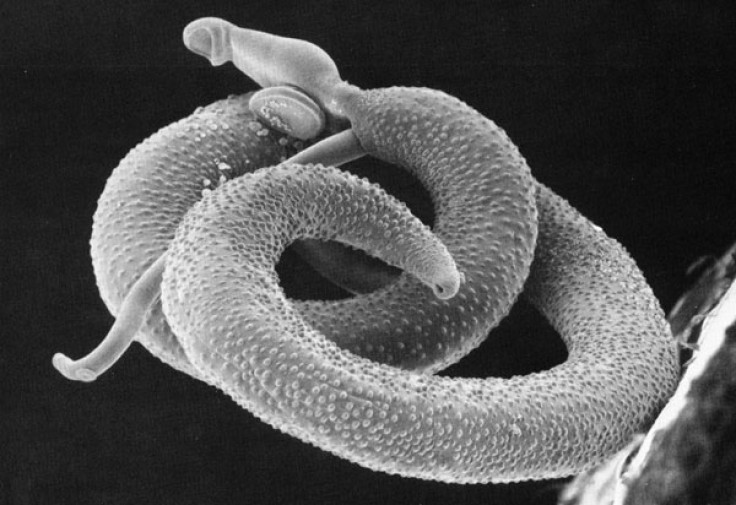Parasitic worms burrow through your skin: Schistosomiasis driven by Brazil's eco-tourism

Schistosomiasis (aka Bilharzia) is a infection caused by a parasitic worm, Schistosoma, living in fresh water in tropical regions. A new study conducted in Brazil shows the development of eco-tourism may have led to outbreaks of the disease, and says simple solutions could prevent a future crisis.
Brazilian scientists compiled information about two major outbreaks of schistosomiasis , which occurred in Minas Gerais over the last few years. Both mainly involved inhabitants from urban centres who had travelled to rural areas. They reported having been in contact with fresh water from streams and rivers during eco-tourism activities.
What is schistosomiasis?

Schistosomiasis infection occurs when a person comes into contact with contaminated fresh water.
According to the WHO, transmission occurs when infected people contaminate water with their faeces which contain the parasite's eggs. The eggs hatch and the larvae infest water snails. At the next stage, the larvae infest humans via skin contact with the water.
In the body, the larvae develop into adult worms which lodge themselves in the person's blood vessels, where new eggs are hatched. Some of these eggs are then passed out of the body in the faeces or urine and continue the parasite's life-cycle.
Others remain in the body, damaging vital organs, such as the bladder, liver or kidneys. They can also cause immune reactions, seizures, anaemia, or even respiratory problems.
If caught in time the disease can be cured before serious damage is caused. However, many people carry the worms for years without realizing it.
According to the World Health Organization, more than 61.6 million people were treated for schistosomiasis in 2014.
40 tourists infected
The state of Minas Gerais is one of the most popular for tourists wishing to enjoy Brazil's nature and landscapes. In recent years, local authorities have put a lot of efforts in developing ecological and rural tourism, and on providing a safe environment for travellers.
However, the scientists' findings, published in Tropical diseases, travel medicine and vaccines, show that up to 40 people were infected during eco-tourism activities. They also point out that the severity of the disease varied greatly between locals and tourists.
"It is important to note that the immune response to the parasite in travellers is different from that of residents in endemic areas, causing clinically more severe symptoms for tourists who are infected for the first time", said the study.
Prevention is difficult but crucial
The problem is schistosomiasis symptoms are often difficult to distinguish from that of other tropical diseases, as they are not very specific. including rashes, fever, muscular pains or cough that often appear a few weeks after the infection.
For example, during the first outbreak, a 12-year-old girl was first diagnosed with dengue fever, before doctors realised her symptoms could also apply to schistosomiasis.
Health authorities find it difficult to explain the effects of schistosomiasis to people, and to push them to go to the doctor if those symptoms appear. They have a hard time coming up with efficient prevention strategies.
Another problem is identified by the researchers: even though some regions are endemic, no additional efforts are being made to clean up water sources that are being used for eco-tourism, and to develop better sewage and sanitary infrastructures. According to the study, all these measure would be necessary to reduce the risks of schistosomiasis for tourists and locals.
© Copyright IBTimes 2024. All rights reserved.






